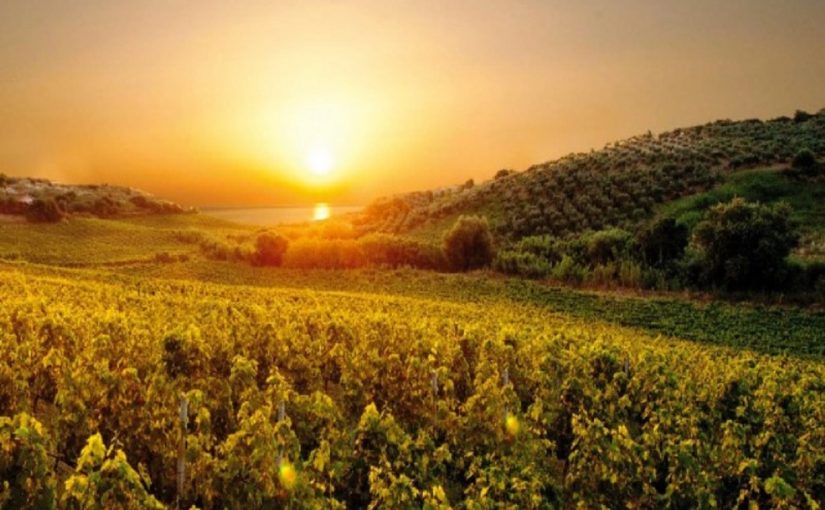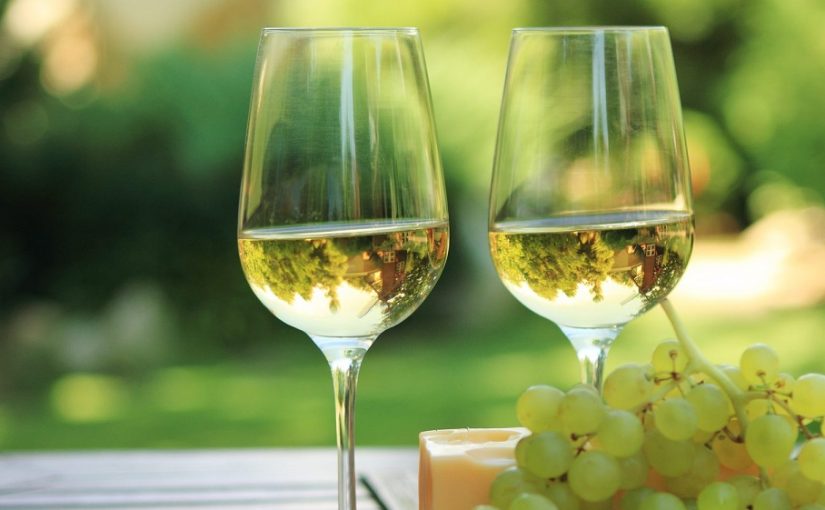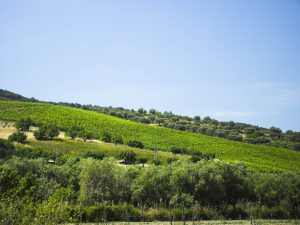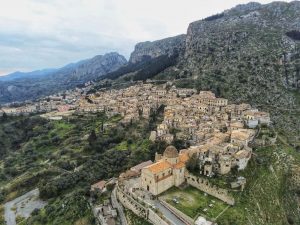23.4.2021
Traditionally, a gastronomy like that of Calabria does not contain fragrances so intense and complex like Lamezia wine. This wine, with its dark notes of black cherry, plum, cocoa, tobacco, Indian ink and spices, must be considered an exception.
The taste of this wine is balanced and soft, showing dark and red fruits with a little spice. It is quite strange in the panorama of Mediterranean vines finding a cultivation (it is around the town of Lamezia Terme) both so old, dating back to 2000 BC, when the Phoenicians introduced it along the coasts of Calabria, and at the same time so rich of different grapes. The blend (mentioning only the main presence) is made of approx. 40%Gaglioppo, 40% Greco Nero, and 20% Nerello Cappuccio, all coming from the DOC area of Lamezia Calabria. Namely, the red Lamezia account for the majority of production and is made also from Sicilian red varieties Nerello Mascalese and Nerello Capuccio, accompanied by local reds such as Gaglioppo, Greco Nero, Nocera and Calabrese (Nero d’Avola). The white Lamezia uses Greco Bianco, Malvasia Bianca and Ansonica grapes. Finally, the Lamezia “rosato” wine is made from the same varieties as the reds, but combined with some white grapes, which are relatively scarce, making up only a small percentage of the DOC’s output.
THE LAND
There is an interruption in the chain of southern Apennines, and here, after the mountains run almost unbroken for 150 miles between central Campania and Lamezia, there is a vast plain spanning less than 20 miles (30km) between the Tyrrhenian and Ionian coasts.
This area is relatively flat, when compared with the Sila plateau to the north, which rises to almost 6000ft (1830m), and the winds sweep from west to east, across the Mediterranean, and blow through the narrow gap in the mountains.
Here, the wines are made at vineyards which lie just south of Lamezia Terme, a town near the western Calabrian coast, and these wines, made under the Lamezia DOC, are red, white and rose (rosato).
The sea is near and the proximity of the seawaters of Mediterranean is important to the land, helping to temper the heat and reduce it to such a measure to soften the Calabrian climate and make grow vines in an optimal way.
Further, some Lamezia vineyards take advantage of the slightly increased altitude at the edges of the DOC area, where the hillsides between Maiolino extend up into the hills near Falerna.
Conclusively, despite the long history of Lamezia wines, coming, before the Greek era, from a Phoenician root, they remain relatively unknown, a problem from which other Calabria DOCs also suffer. Surely, Lamezia is a DOC, absolutely recognized in Italy since its introduction in December 1978 (a few months before the Melissa DOC), but its export is minimal.
FEATURES
Apart from a “Novello” (a young wine), only available in the category of “rosso” wines (an early-release, early-drinking style similar to that of Beaujolais Nouveau), Lamezia owns a large spectrum of white, red, “rosé” and reserve wines.
Normally, a “Lamezia rosso” is at least two years old before commercial release, and has spent at least six months of that time in barrel.
TABLE OF MAIN LAMEZIA LABELS
- Lamezia Rosso is an Italian wine, rated DOC and classified as Red wine, since 1978. Alcohol: 12.0%. Color: cherry red more or less intense. Flavor: winey, fruity, dry, well-balanced, harmonic.
- Lamezia Rosato is an Italian wine rated DOC and classified as Red wine, since 1978. Alcohol: 11.5%. Color: pink more or less intense. Flavor: soft, clear, dry.
- Lamezia Rosso Reserve is an Italian wine, rated DOC and classified Red wine, since 1978. Alcohol: 12.0%. Color: cherry red more or less intense. Flavor: winey, sometimes fruity, dry, well-balanced, harmonic.
- Lamezia Novello is an Italian wine, rated DOC and classified as Red wine, since 1978. Alcohol: 12.0%. Color: cherry red more or less intense. Flavor: winey, sometimes fruity, dry, well-balanced, harmonic.
- Lamezia Bianco is an Italian wine, rated DOC and classified as White wine, since 1978. Alcohol: 11.0%. Color: straw yellow. Flavor: winey, pleasant, clear. Taste: dry, velvety, full. Main Grapes: Greco Bianco 0.0%-50.0%, Malvasia Bianca B. 0.0%-20.0%, Trebbiano Toscano B. 0.0%-40.0%.
- Lamezia Greco is an Italian wine, rated DOC and classified White wine, since 1978. Alcohol: 11.0%. Color: straw yellow. Flavor: fresh, clear, dry, harmonic. Main Grapes: Greco Bianco 85.0%-100.0%.




